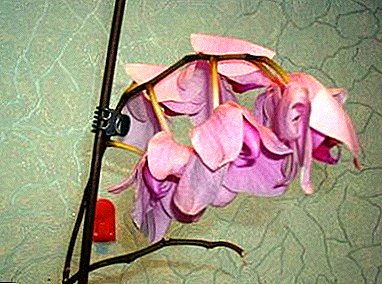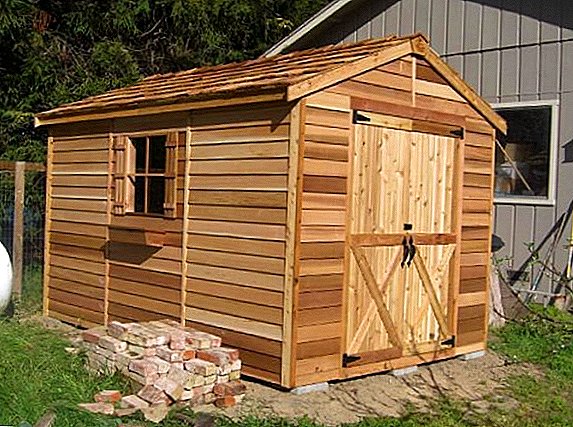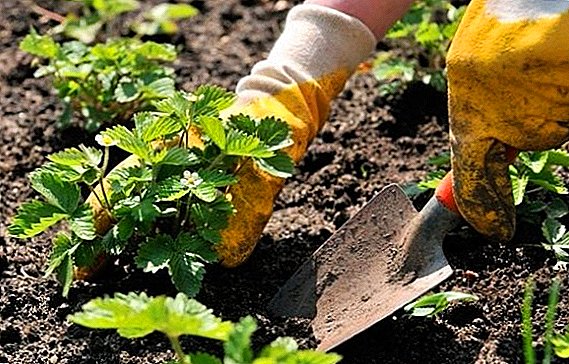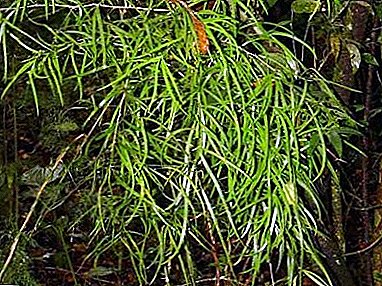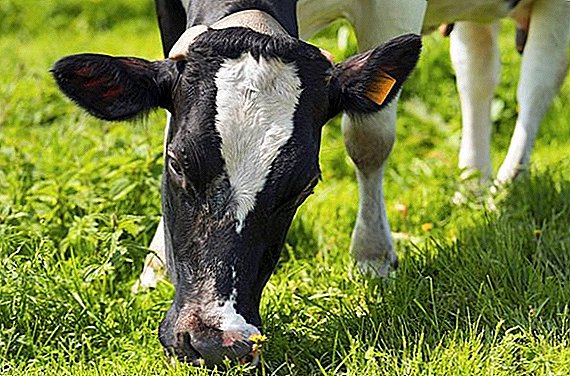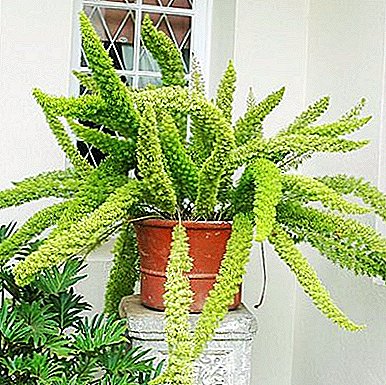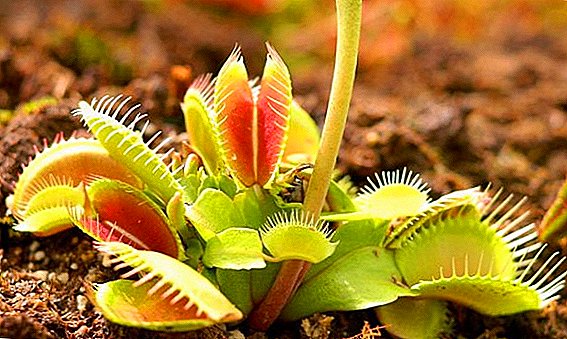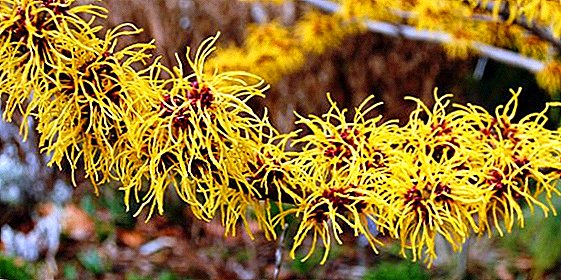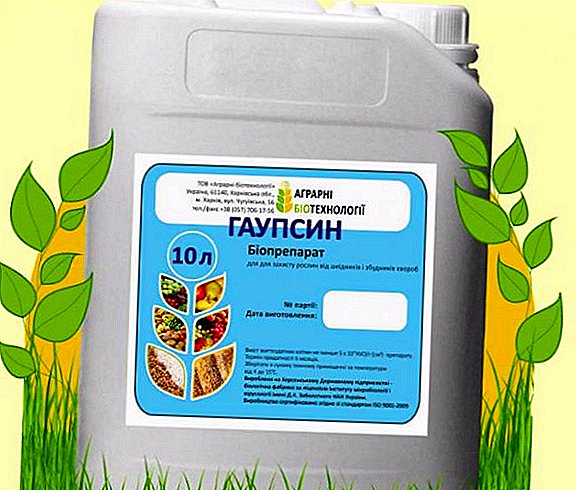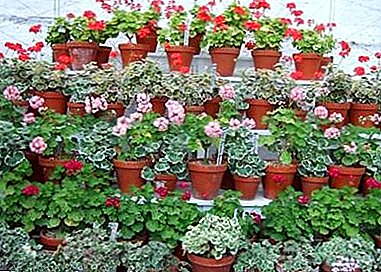
Dwarf pelargonium every day wins the attention of flower growers. Such wide demand is caused by the simplicity of the plant in the care.
Due to the compact size of the flower does not take up much space on the windowsill. In addition, dwarf pelargonium blooms profusely.
This article describes in detail how to properly care for dwarf pelargonium, what diseases and pests can attack a flower. And also learn how to propagate this beautiful plant.
Description, history and cost
Dwarf pelargonium is a variety of pelargonium, which was artificially obtained as a result of targeted breeding. In the process of breeding works, a compact ornamental shrub was obtained, which does not require molding pruning.
In addition to the attractive appearance, mini pelargoniums have healing properties and a delicate aroma. The smell, which emit flowers, improves mood and purifies the air from pathogenic microflora.
You can buy dwarf pelargonium seeds at a price of 125-150 rubles, and cuttings - 300-700 rubles.
Appearance and features
Dwarf pelargonium is an elegant and tiny bush, for growing which a small pot is suitable - about 15 cm. And although the size of the plant is small, it looks very nice and impressive. Inflorescences are arranged in groups, form characteristic caps.
Petals can take a different color, it all depends on the variety:
- red;
- pink;
- white;
- purple.
The leaves are always dark green or emerald green.
Common varieties and photos
You can purchase pelargonium dwarfs of the following types, see the photo.
Jinky

The advantage of the variety in large terry flowers of light cream color. In the very heart of the petals richly pink color. The plant itself is gentle and airy, the leaves are light green in color.
Pink ice

It is a mini-bush, which is stocky and branchy, despite its compact size. Petals have an elongated shape, terry, pale pink color.
Read more about Pink pelargonium and its varieties in this article.
Clatterbridge

This decorative culture belongs to the group of zonal dwarf geraniums. Peculiarity of the variety in intensive flowering. Buds of terry type and bright red color.
Silk moira

Differs a variety of petals salmon color. In the care of picky, the process of forming a bush also does not require much effort.
Learn more about Silk Pelargonium and its species - Moira, Laguna, Aurora and others, as well as see photos of flowers here.
Madame Maleron

This variety does not bloom at all, but its main advantage is the leaves of dark green color with a light edging.
Landing
For the plant to grow and develop fully, you need to know main features of planting culture:
- location selection;
- illumination;
- temperature;
- soil composition.
Lighting and location
To mini-bush long and beautifully bloomed, he gently choose a well-lit place. With sufficient light, the plant will bright not only the petals, but also the leaves. If there is a lack of light, the decorative appearance of the flower will fade.: inflorescences will be smaller, and the leaf plate will turn pale.
For the correct formation of the crown, a pot with a flower should be turned to the window on different sides. Then the sun's rays will be able to reach all parts of the plant, and it will begin to pull evenly.
Soil requirements
 Dwarf pelargonium does not impose special requirements on the composition of the soil. It is important to ensure the flower quality drainage to prevent stagnant moisture in the pot.
Dwarf pelargonium does not impose special requirements on the composition of the soil. It is important to ensure the flower quality drainage to prevent stagnant moisture in the pot.
For a plant, a soil with a neutral or slightly alkaline reaction is best suited. If the soil is acidic, it is necessary to put ash in it.
The following components can be mixed in equal proportions for the preparation of the povosmes:
- humus;
- leaf earth;
- turf;
- river sand.
Home care
Temperature
In summer, dwarf pelargonium prefers to grow in a moderate temperature regime - 17-23 degrees of heat. Do not allow overheating. In winter, the optimum temperature is 12-13 degrees, but not higher, since during this period the flower is resting.
Watering
Pelargonium dwarf positively responds to soil moistening, therefore it is necessary to water regularly with color and abundantly. In the summer, moistening is arranged every other day, and in the winter - once a week. It is important to ensure that the soil dries well before watering..
It is not necessary to spray dwarf pelargonium, as this procedure injures leaves and flowers.
Top dressing
The plant must be fed regularly, especially during the growing season - from March to November. In winter, the plant does not require additional nutrition, as it rests.
As a feed you need to use phosphorus or potassium.and it’s important not to overdo it with nitrogen. If this element is in excess, then the green mass will begin to grow actively, and the flowers will not form. It is necessary to make complex fertilizers once in 2 weeks.
Molding
 To bush was lush, you need to regularly pinch young shoots. This manipulation will allow the plant to form a large number of side branches, as a result of which the decorative appearance of pelargonium will be improved.
To bush was lush, you need to regularly pinch young shoots. This manipulation will allow the plant to form a large number of side branches, as a result of which the decorative appearance of pelargonium will be improved.
Sometimes over the winter shoots are strongly drawn out, so in the spring they have to be removed by 1/3 of their height. If the cuttings are healthy and strong, then they can be rooted. Then in the house there will be even more beautiful and elegant Pelargoniums.
Diseases and pests
The most frequent pests affecting dwarf pelargonium remain:
- aphid;
- spider mite;
- whitefly.
To combat parasites, you must use these drugs: Aktara, Confidor.
Of the diseases of danger are:
- Blackleg. This is root rot, which occurs as a result of excessive soil moisture and insufficient air temperature. There is no cure for the black leg, so you must immediately get rid of the affected plant. The soil that remains in the pot must also be disposed of.
- Swelling and leaf rot. There is a pathological process as a result of excessive watering. And at low temperatures, the leaves begin to turn red. To prevent this, it is necessary to move the pot away from the window glass on frosty days.
- Pulling and stripping of stems. Caused by a lack of light. To solve this problem, it is necessary to position the flowerpot in a well-lit room. If there is no flowering, this is due to too high air temperatures during the winter.
Breeding features
Dwarf pelargoniums propagate by cutting. For these purposes, it is necessary to cut the stalk in February-March using the apical part of the parent plant.
Procedure:
 Cut cuttings from powerful and healthy bushes. The length of the cut specimen should be 2.5-3 cm.
Cut cuttings from powerful and healthy bushes. The length of the cut specimen should be 2.5-3 cm.- Slice for 2-3 minutes to dry and not to lower the water, and immediately landed in the prepared loose and nutritious soil. It is not necessary to cover the cutting from above to prevent the greenhouse effect and over-wetting the plant.
- The container with the handle must be placed in a sunny and bright place. After 30 days, a young dwarf pelargonium is formed.
- For better rooting of the cuttings, a temperature regime of 20-22 degrees of heat should be observed.
- After rooting and the formation of 8-10 leaves, you can hold the first pinching. This procedure will allow you to grow in breadth and become compact.
- Subsequent pinching must be done on the side shoots when they have 8-10 leaves.
The cuttings planted in spring will bloom in summer. In the first year, flower growers need to direct all their forces towards the formation of a regular indoor shrub. Then next year the flowering will be plentiful and long. But it is not recommended to breed pelargonium in winter, because at this time the plant is resting, all processes in it are inactive and the cutting may simply not take root.
Dwarf pelargonium is a compact, spectacular home plant that blooms for a long time, produces a pleasant aroma and does not need thorough care. Observance of simple agrotechnical techniques will allow you to enjoy the decorative look of the bush for a long time, as well as prevent the development of diseases.


 Cut cuttings from powerful and healthy bushes. The length of the cut specimen should be 2.5-3 cm.
Cut cuttings from powerful and healthy bushes. The length of the cut specimen should be 2.5-3 cm.